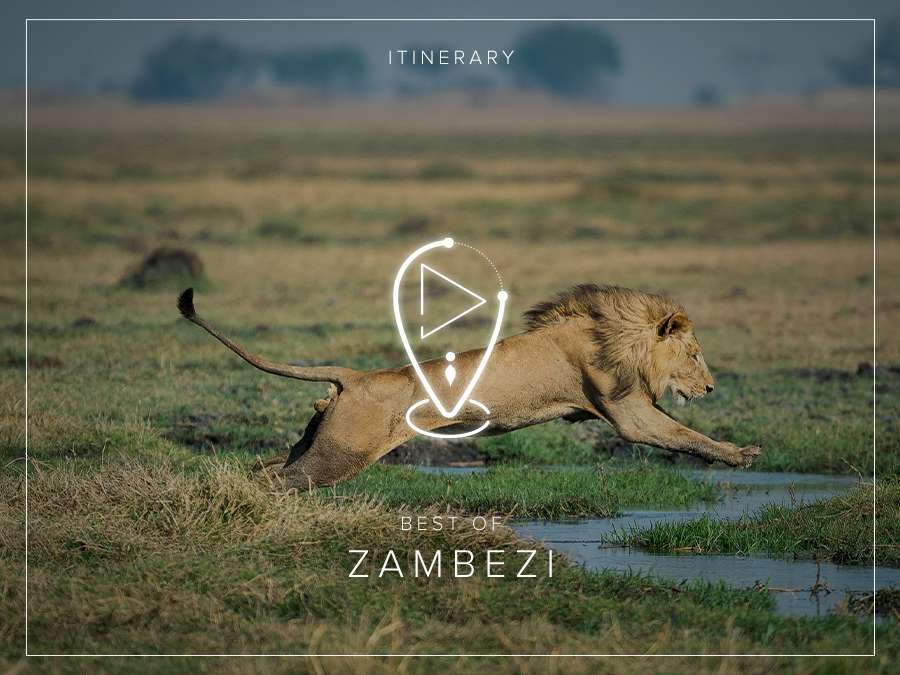For five months each year, before the rains return, Shumba offers a front-row seat for wildlife extravaganzas. The stage is Busanga Plains, 600 square km of savannah threaded with watery channels in the north of Zambia’s Kafue National Park, one of the wildest, most pristine places on Earth. You barely need to step off Shumba’s elegant, streamlined decks or its own little island to be immersed in a vast diversity of creatures…but you’ll want to explore ‘the Plains of Plenty’.
In this wide-open space of infinite horizons, views are nearly unencumbered and often surprising – notably the famous ‘flying lions’ (‘Shumba’ means lion) leaping across receding waters. The area boasts more antelope species than anywhere else in Africa, grazing the grasslands and taking dramatic flight as predators approach. From June – October, when Shumba is open, the scenes are seasonal and ever-changing.
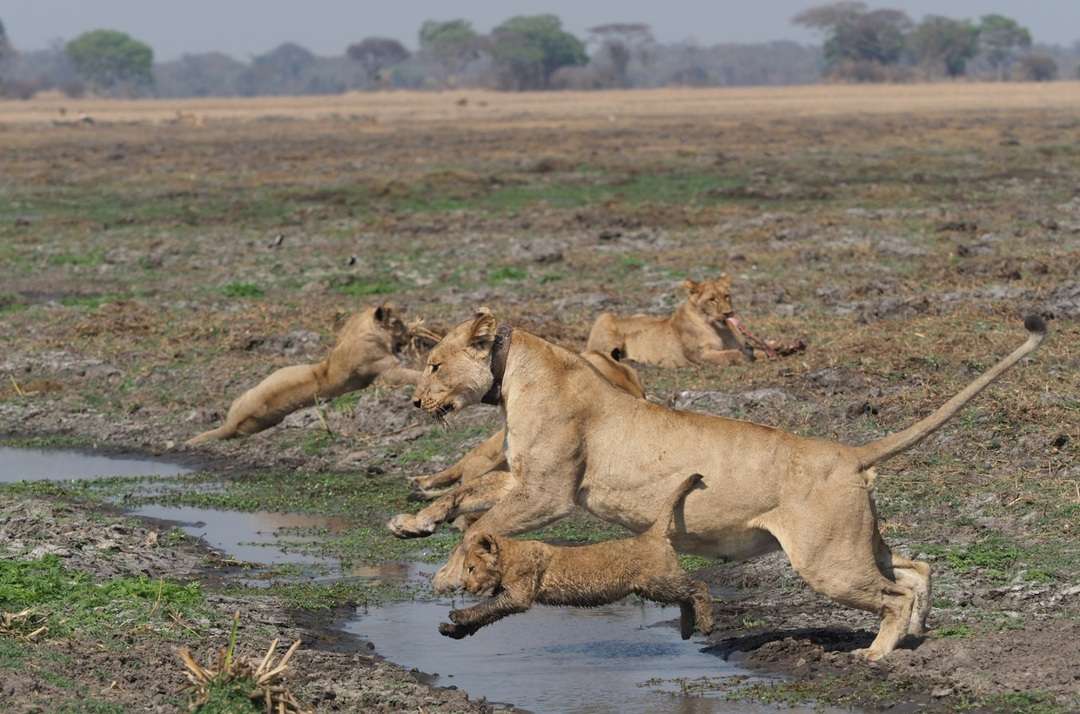
‘During the wet months the Plains are under water’, says Wilderness Safaris’ Graham Simmonds, Zambezi Travel Shop Manager and clearly a Busanga fan. ‘A haven for hippos, crocs, red lechwe, puku, water birds, and generally species that like getting their toes wet. When the drier months come around, the Plains are like a large bathtub – the water starts to recede towards the middle of the Plains, which brings out species like roan antelope, tsessebe, zebra, wildebeest, hartebeest, buffalo, and more. The predators then follow: leopard, hyaena, cheetah, wild dog to a degree, and of course, the most dominant and the reason why most people travel there – the biggest lions you will ever see!’

Shumba guide and Olympus photographer; Isaac Kalio agrees: game in Busanga is sensationally varied, but the lions steal the show.
‘Lions visit Shumba at any time of the day’, Isaac says. ‘Often you’ll see newborn cubs and their mother seeking shade under the decks, particularly outside rooms 4, 5, and 6. Sometimes a pride settles in for a whole month! Once we had two lion cubs in the kitchen, and their mother broke in to come get them.
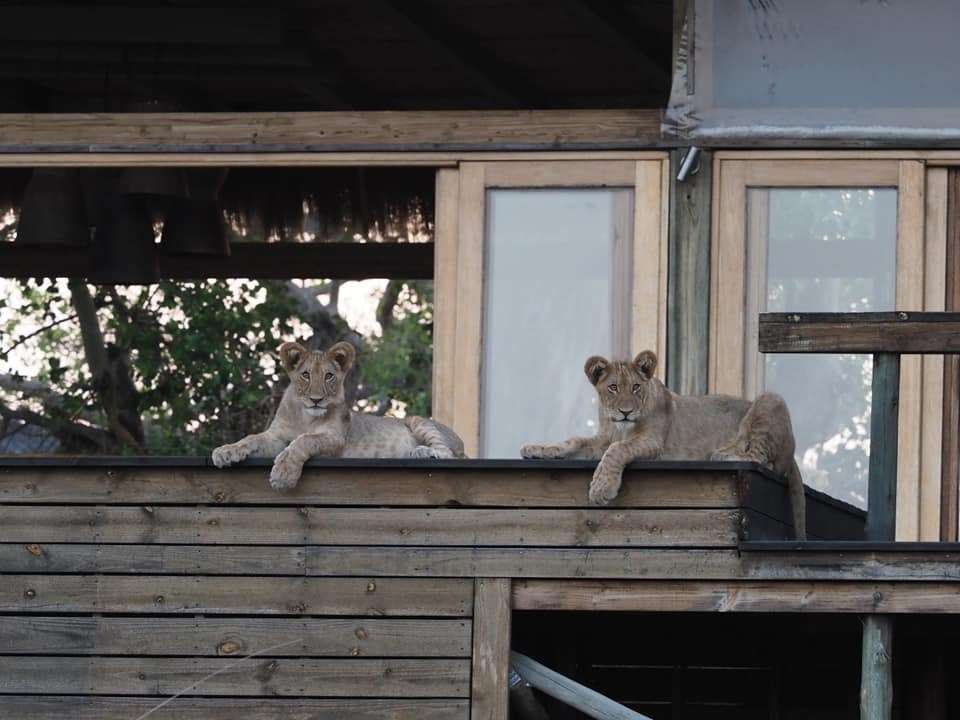




‘The lions “fly” when the water recedes in the channels and they don't choose swimming as an option’, he adds, ‘as much as they have adapted. Seeing this is spectacular, although this is one of the few places where it is common. You need to be guided by someone who can predict the lions’ behaviour, and put you in the perfect photographic position – that's my heartbeat!’

Graham recalls other wildlife encounters around Shumba:
‘Hippos are so relaxed there – something I was not used to’, he says. ‘Out in a boat during the wetter months, we’d turn off the engine and glide past a pod, no more than three feet away. Isaac used to laugh at me as I kept sliding to the other end of the boat. “They are calm here”, he told me, “as long as we let them know we are here first and they aren’t scared”. I could hear my heart beating.
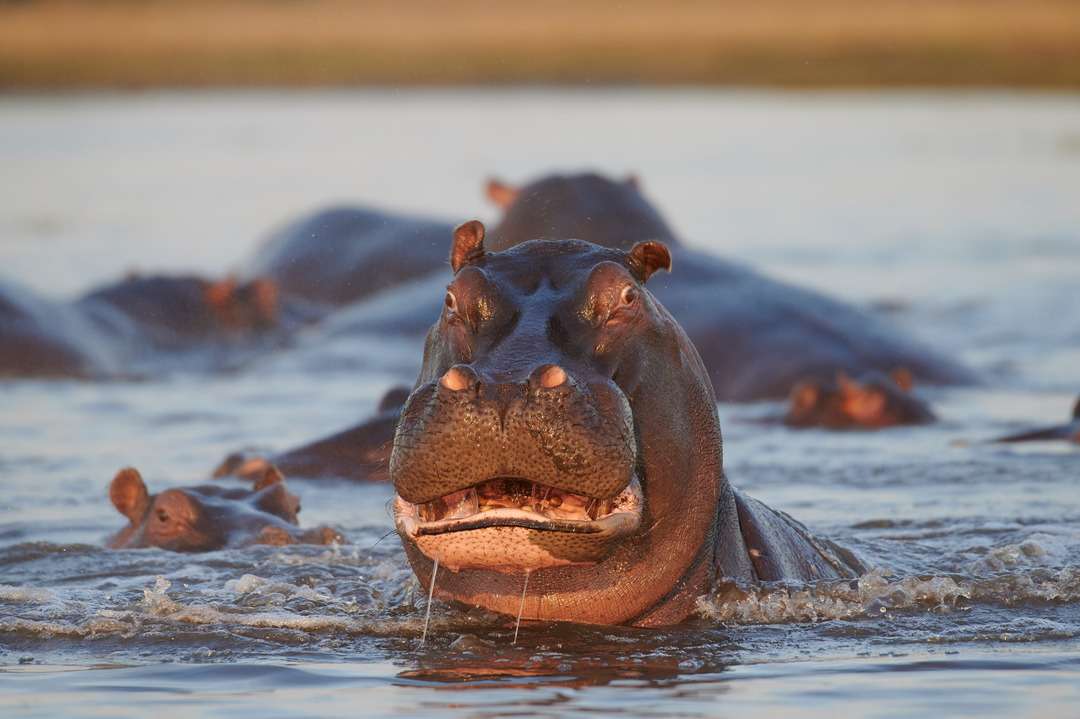
‘The lions are always a huge plus’, he adds. ‘I have too many stories to recount, from the young and playful cubs to the older lions resting in the shade of the vehicle – you almost feel part of the pride. As the area is an open expanse, when the lions hunt, you can see it all without much obstruction. I thought it would be impossible for them to hunt without being noticed. But there is so much game, and as the lions are ever-present, it means that prey have to just get on with their lives. If they sprinted off every time they saw a lion, they’d be running in circles 24/7’.
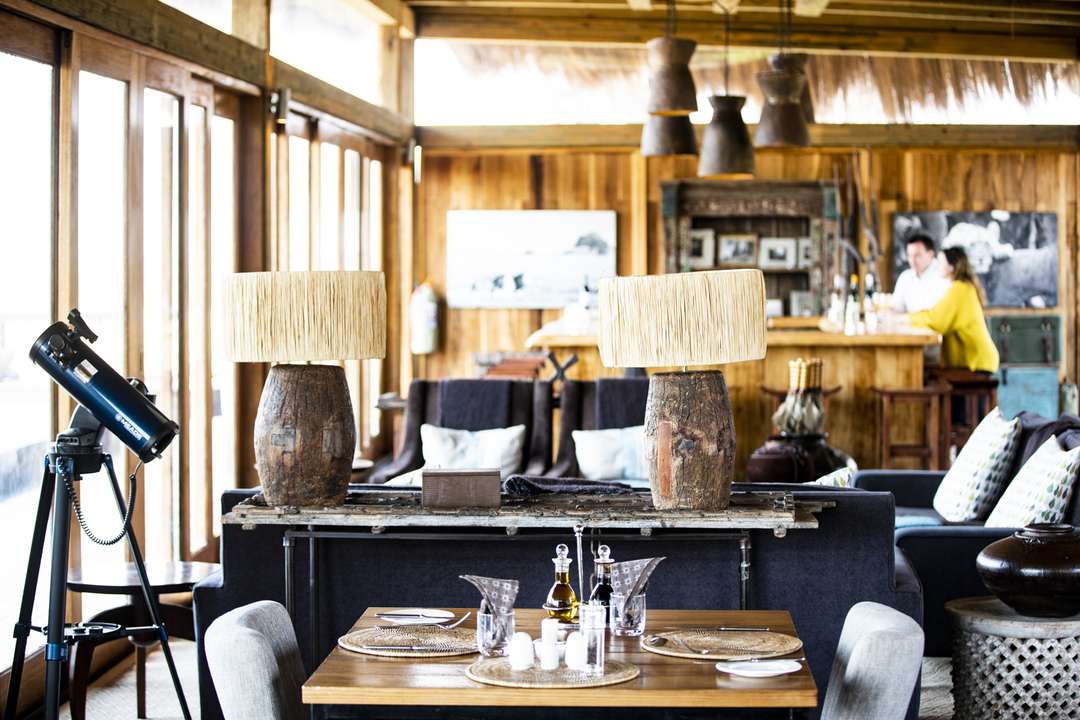




And, more reflectively: ‘Another experience I remember was just being there. In this huge area, knowing only a handful of humans were around – standing on the Plains and rotating 360 degrees. As far as my eyes could see were wildlife and nature at its best! And then…the full moon rose’.
Birding is a highlight at Shumba and in general on the Plains, with more than 450 species on hand. An exceptional collection of water birds, birds-of-prey, and other species populates the area. The iconic cry of the fish-eagle figures in the local soundtrack. Among the birds you might spot: the rosy-throated longclaw; grey crowned cranes; wattled crane; yellow-throated sand grouse; various cuckoos; pennant-winged nightjar; rock pratincole; Bohm’s bee-eater; and Pel’s fishing-owl. Just for a start.
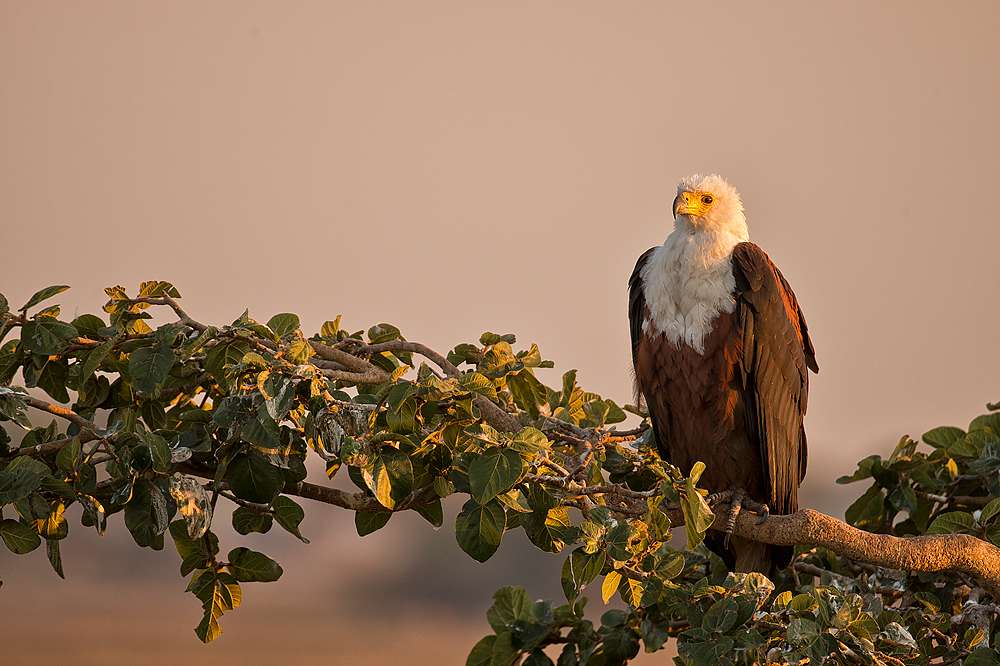
This abundance of life can be seen in camp, or on day or night game drives or boating excursions.
Guests at Shumba are warmly cared for by the Zambian staff. Head waiter Chrispin, who, looking for work, rafted across the floodplains in 2006 and helped build the camp; storytelling bartender Stanley; Isaac and fellow guides; and many others welcome you to the family. Whether you’re relaxing in your luxurious tented unit, dining sumptuously under the stars, or listening to fireside tales, the hospitality is matchless.
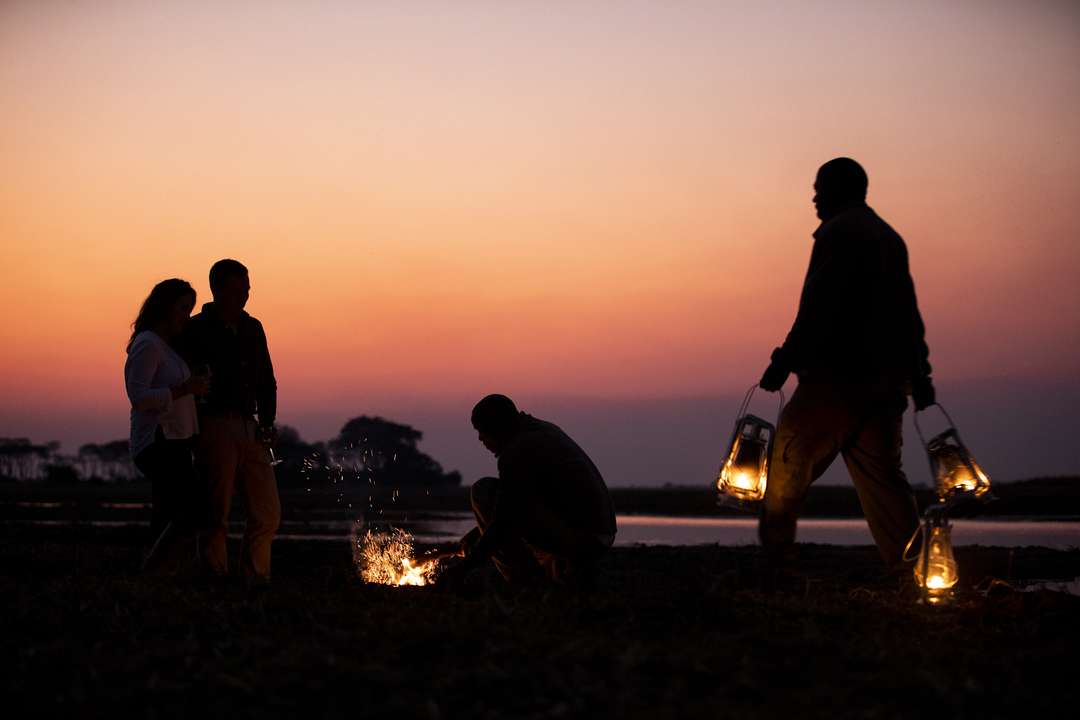
Your visit’s a gift in itself, supporting employment and training for more than 150 local people, as well as Wilderness Safaris’ ongoing conservation efforts in Kafue – where once wildlife was seriously depleted through poaching. The year-round presence of Wilderness Safaris staff at Shumba and Busanga Bush Camp helps significantly with continuing anti-poaching initiatives.
‘Busanga Plains is so far off the beaten track, that it’s unspoilt’, Graham says. ‘Every season the inundation comes in and resets the balance. The guides love heading back to see which lions are around, and whether there are new leopards or lions in the area. It’s a true treasure in today’s safari world’.
Book your Best of Zambezi journey HERE.
Written by Melissa Siebert

Let’s plan your next journey
Ready?
When we say we’re there every step of the way, we mean it, literally. From planning the perfect circuit, to private inter-camp transfers on Wilderness Air, and easing you through Customs. We’re with you on the ground, at your side, 24-7, from start to finish. Ready to take the road less travelled? Contact our Travel Designers to plan an unforgettable journey.
